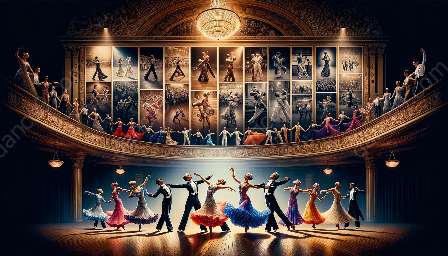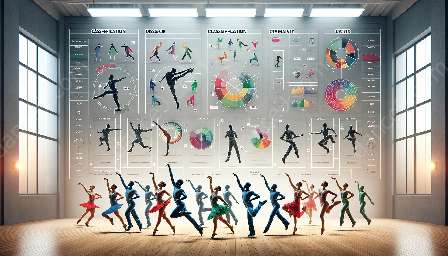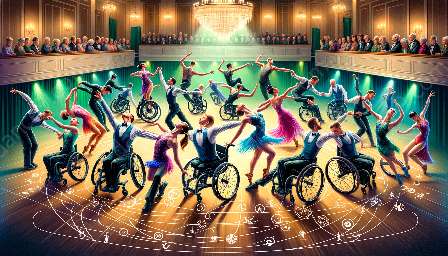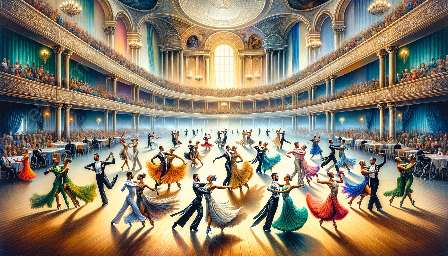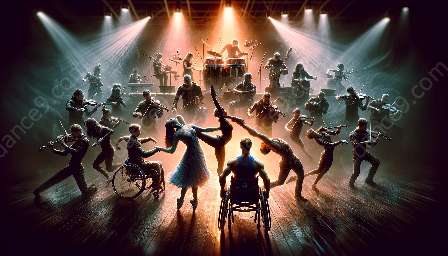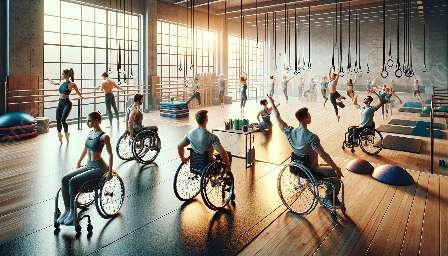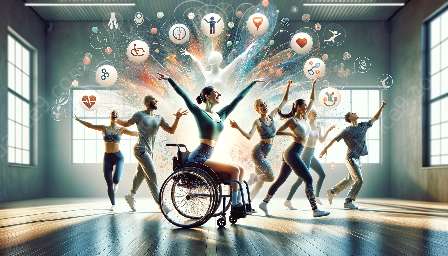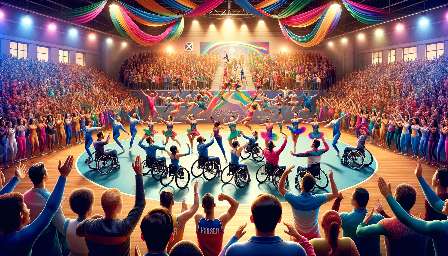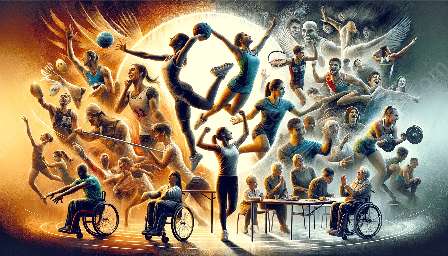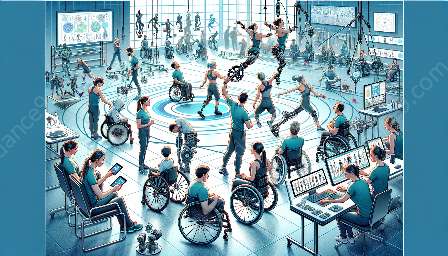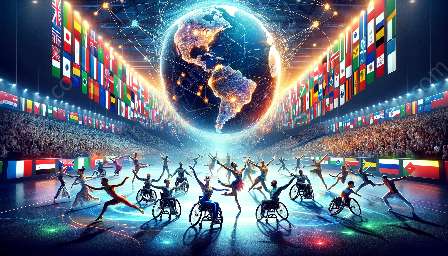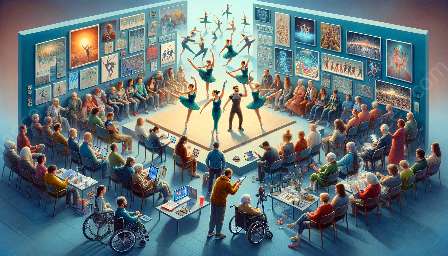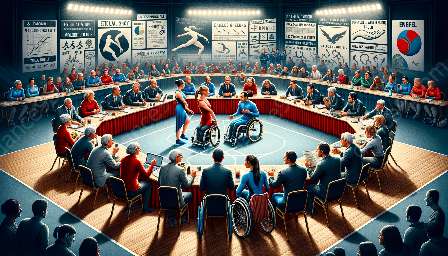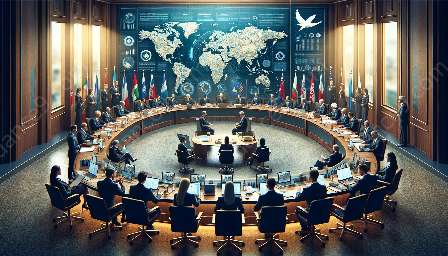Para Dance Sport is a sport that provides opportunities for individuals with physical disabilities to participate in dance and compete at various levels. This article explores the critical role of training and development in Para Dance Sport, its integration with the classification system, and the preparation for the World Para Dance Sport Championships.
Understanding the Role of Training and Development
Training and development play a pivotal role in the success and growth of Para Dance Sport. It involves a comprehensive approach to skill-building, physical conditioning, and mental preparation to enable athletes with physical disabilities to perform at their best.
Training Methods and Techniques
Effective training methods and techniques are essential in preparing para dancers for competitions. Coaches and trainers utilize a variety of approaches, including strength and flexibility training, dance technique training, and mental preparation exercises. Each athlete's unique physical capabilities and challenges are taken into consideration to tailor the training program for individual needs.
Integration with the Classification System
The classification system in Para Dance Sport categorizes athletes based on their functional abilities. Training and development programs are designed to address the specific needs of each classification, ensuring that athletes receive the appropriate support and skill development to excel within their respective categories. Coaches and trainers collaborate with classifiers to create customized training plans that align with the classification criteria.
Preparation for the World Para Dance Sport Championships
The World Para Dance Sport Championships serve as the pinnacle event for para dancers around the world. Training and development efforts are intensified in the lead-up to the championships, focusing on refining technical skills, enhancing performance quality, and building mental resilience. Athletes undergo rigorous training regimens and participate in simulated competition scenarios to prepare them for the high-stakes environment of the championships.
Key Factors in Training and Development
Several key factors contribute to the effectiveness of training and development in Para Dance Sport. These include:
- Individualized Approach: Recognizing the unique strengths and limitations of each athlete to tailor training programs accordingly.
- Collaboration: Ensuring close collaboration between coaches, classifiers, and support staff to optimize training strategies.
- Continuous Improvement: Emphasizing ongoing skill development and performance refinement through regular assessments and feedback.
Impact of Training and Development
The impact of comprehensive training and development in Para Dance Sport extends beyond competitive achievements. It fosters personal growth, promotes inclusivity, and empowers individuals with disabilities to pursue their passion for dance at a competitive level.
Conclusion
Training and development are integral components of the Para Dance Sport journey, shaping athletes into skilled, resilient, and confident performers. By aligning with the classification system and preparing for prestigious events such as the World Para Dance Sport Championships, training and development programs contribute to the overall advancement and success of para dancers worldwide.

